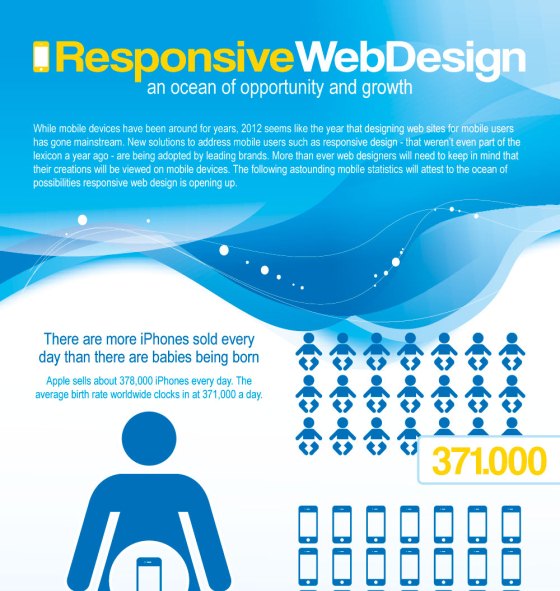Intrigued In Discovering Just How Site Style Has Changed Over The Years? Discover The Trip
Intrigued In Discovering Just How Site Style Has Changed Over The Years? Discover The Trip
Blog Article
Post Developed By-Hartley Lunde
In the past, sites were basic and concentrated on information. Navigating was direct, and style was for desktops. Currently, customer experience is crucial. Data guides layouts for simple navigation. Responsive layouts suit various gadgets. Today, dark mode lowers strain, and minimalist food selections enhance navigating. Interactive attributes engage individuals, and strong visuals stand apart. AI integration boosts interaction. See exactly how layout has actually advanced to improve your on-line trip.
Very Early Days of Web Design
In the very early days of website design, simpleness reigned supreme. Internet sites were standard, with minimal shades, typefaces, and designs. The emphasis got on offering details instead of fancy visuals. Individuals accessed the internet through slow-moving dial-up connections, so speed and performance were key.
Navigating food selections were straightforward, normally located at the top or side of the web page. Websites were created for computer, as mobile surfing wasn't yet prevalent. Web content was king, and designers prioritized simple readability over intricate style aspects.
HTML was the key coding language used, and designers needed to work within its constraints. Computer animations and interactive functions were marginal compared to today's requirements. Websites were static, with little dynamic web content or tailored customer experiences.
Increase of User-Focused Style
With the development of internet site layout, a change towards user-focused style concepts has come to be increasingly noticeable. Today, developing websites that focus on individual experience is vital for engaging site visitors and achieving company objectives. User-focused style includes understanding the needs, choices, and habits of your target market to customize the site's layout, web content, and features accordingly.
Developers currently perform comprehensive research, such as customer surveys and usability testing, to collect understandings and responses directly from individuals. This data-driven technique assists in creating instinctive navigation, clear calls-to-action, and aesthetically enticing user interfaces that resonate with site visitors. By positioning the individual at the facility of the style process, sites can supply a much more individualized and satisfying experience.
Receptive design has actually likewise become a key facet of user-focused layout, making certain that internet sites are enhanced for various tools and display sizes. This flexibility improves accessibility and functionality, catering to the varied means individuals communicate with web sites today. In essence, the rise of user-focused style signifies a shift in the direction of developing digital experiences that focus on the requirements and expectations of completion customer.
Modern Trends in Web Design
Check out the latest fads forming website design today. One noticeable trend is dark setting style, using a streamlined and modern look while lowering eye stress in low-light atmospheres. link webpage is minimal navigation, simplifying food selections and improving individual experience by focusing on essential elements. Including micro-interactions, such as computer animated buttons or scrolling effects, can develop an extra engaging and interactive site. Responsive style stays vital, making sure smooth user experiences across various tools. Furthermore, utilizing strong typography and asymmetrical layouts can add visual passion and accentuate certain material.
Integrating AI innovation, like chatbots for consumer assistance or individualized referrals, boosts user engagement and improves processes. Ease of access has likewise come to be a significant fad, with designers focusing on comprehensive layout methods to deal with diverse individual needs. Embracing sustainability by optimizing website efficiency for rate and efficiency is another emerging pattern in web design. Collaborating with customer responses and data analytics to iterate and enhance style constantly is essential for remaining pertinent in the ever-evolving digital landscape. By welcoming these modern fads, you can create an aesthetically attractive, easy to use website that resonates with your audience.
Conclusion
As you reflect on the advancement of site layout from the very early days to currently, you can see exactly how user-focused style has actually come to be the driving force behind modern trends.
Accept the trip of modification and adaptation in website design, constantly keeping the user experience at the forefront.
Keep present with the most recent fads and technologies, and never ever quit advancing your technique to create visually magnificent and easy to use websites.
Progress, adjust, and create - the future of website design is in your hands.
